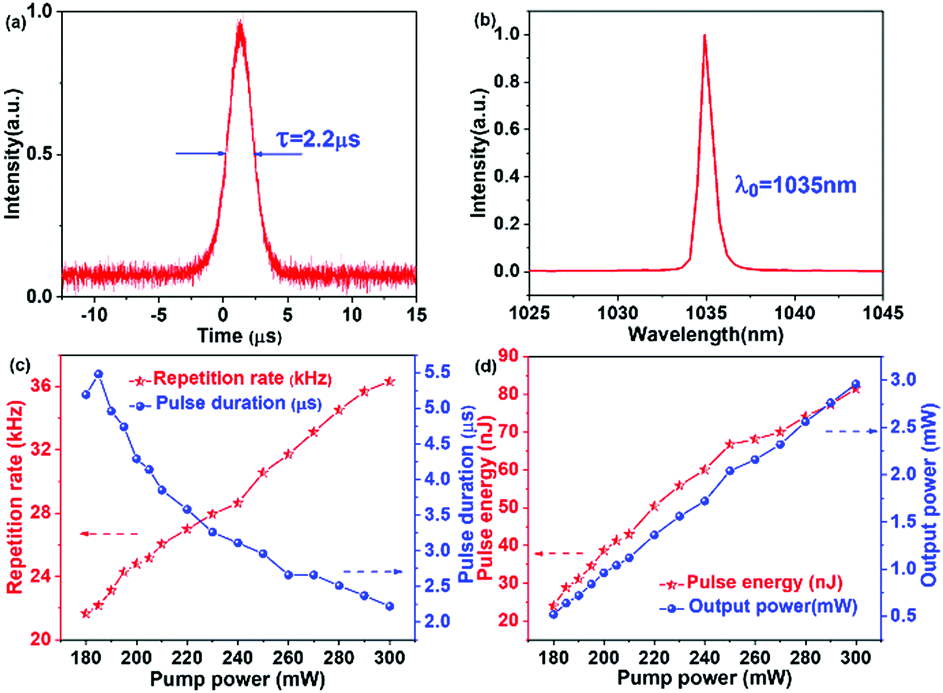Laser Pulse Width Measurement

Enjoy the videos and music you love upload original content and share it all with friends family and the world on youtube.
Laser pulse width measurement. Now if you re looking to measure energy per pulse you re going to need to look at all those. Such a pulse is to one second as 5 cents is to the us national debt. The laser light has a certain power and that s exactly what you re measuring with your laser power meter. This level of pulse energy can cater to some applications but a large number of applications are served with pulse energies in the 100 µj range.
The resolution of the spectral measurement often limits the broadest pulse width that a pulse analyzer can measure most other competitive products can only measure pulses less than 1ps. Watch how this fast photodiode measures temporal profiles of pulsed lasers. Consequently this idea can make a current or future user maybe even you come to the conclusion that an ultrashort pulse laser must be paired with a special and costly detector. 3 ultrashort laser pulses are the shortest technological events ever created by humans.
Besides power you also need to worry about pulse energy frequency and pulse width duration. It s routine to generate pulses shorter than 10 13 seconds in duration and researchers have generated pulses only a few fs 10 15 s long. Other techniques based on two photon absorption may also be used in autocorrelation measurements. This week s blog post explores the common misconception in laser beam measurement that there is a minimum pulse width specification for a laser energy meter.
Theoretical analysis and experimental measurement of pulse width jitter of diode laser pulses are presented. The expression of pulse power spectra with all amplitude jitter timing jitter and. The spatial width of a pulse in the propagation direction is given by the group velocity times the temporal pulse width. A 1 ns pulse still has a length of 30 cm in air the shortest pulses which can be generated directly with a laser with a duration of roughly 5 fs have.
The fps 1 has a rise time of 1 5 ns so even short pulsed lasers can be measured. But a pulsed laser is much more complex. The big negative is that nonlinearities scattering and other effects in the fiber amplifier limit the maximum per pulse energy that can be attained to about 10 µj at a 10 ps pulse width. The laser pulse duration cannot be easily measured by optoelectronic methods.










































